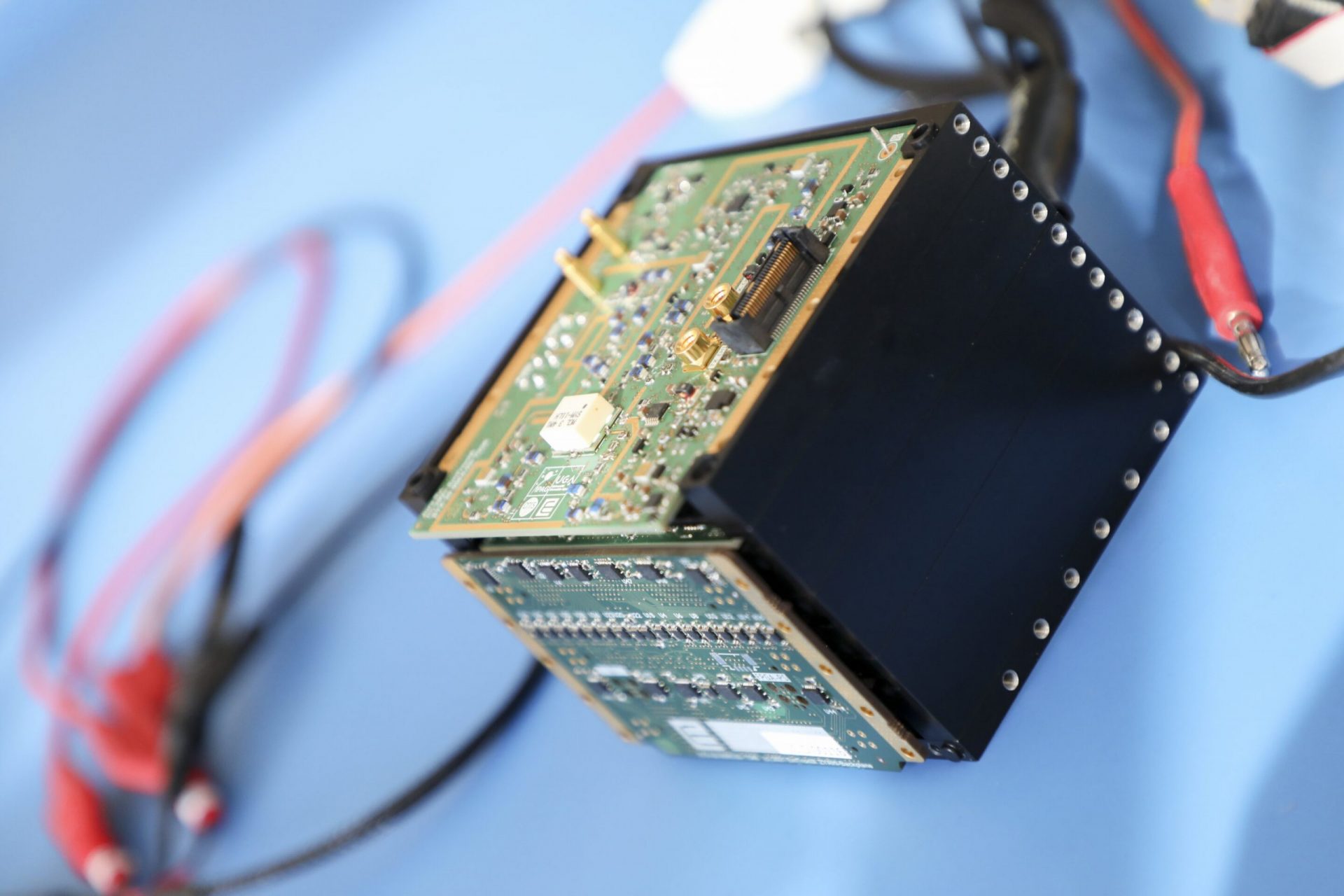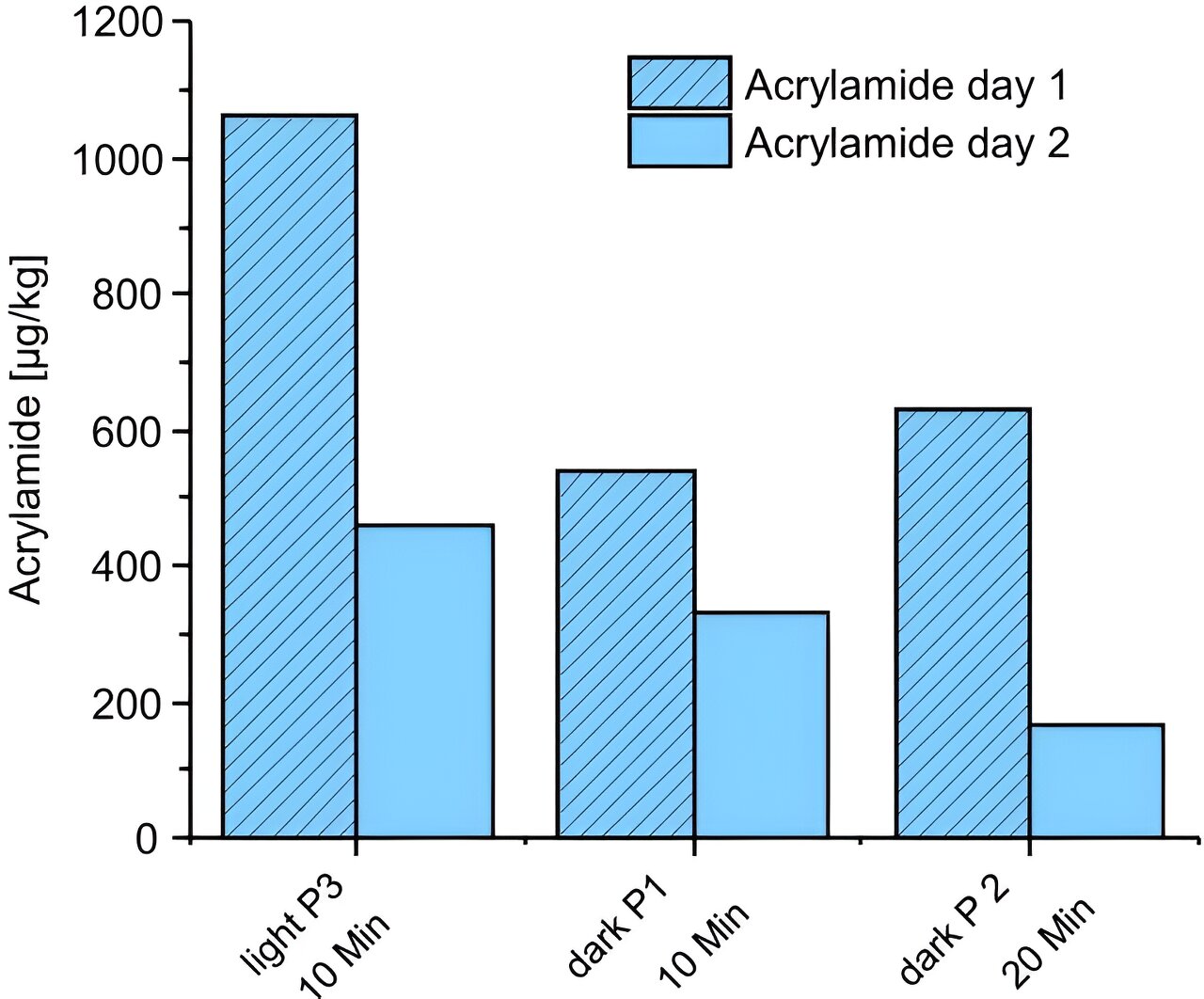The tiniest radar ever to venture into space has been delivered to ESA for integration onto the Juventas CubeSat, a part of the Hera mission for planetary defense. This radar will make history by capturing the first-ever radar images of an asteroid, allowing us to peer deep beneath the surface of Dimorphos—the asteroid that was impacted by NASA’s DART spacecraft last year, causing a shift in its orbit.
“This delivery marks a significant milestone,” says Alain Hérique, the principal investigator of the instrument at the Institut de Planétologie et d’Astrophysique de Grenoble (IPAG) in France.
“We have been working tirelessly in recent weeks to finalize the radar for handover. However, our involvement doesn’t end here. IPAG and our project partners will closely follow the integration process, especially in terms of connecting the radar with the rest of the CubeSat. Our goal is to optimize the performance of the instrument and calibrate it to ensure the best interpretation of our scientific data once we are in space.
“Looking ahead, we will also focus on developing our operating procedures. This includes conducting hardware-in-the-loop testing, where we will command the radar via Hera and its CubeSat from the ground.”
Scheduled to launch in 2024 as part of ESA’s Hera mission, the compact radar aboard the Juventas CubeSat will conduct the first-ever radar sounding inside an asteroid. Juventas will delve up to 100 meters deep into the Dimorphos moonlet, which is part of the Didymos binary asteroid system.
CubeSats are mini-satellites built using standardized 10-cm boxes. Juventas is a “6-unit” CubeSat, measuring 10x20x30 cm. The Juventas radar instrument, known as JuRa, is just 9.5×9.5×9.5 cm in size and fits within a single CubeSat unit. It also includes four 1.5-meter-long radar antennas, manufactured by Astronika in Poland, which will deploy like metal tape measures.
The radar electronics for JuRa were developed by EmTroniX in Luxembourg, a company known for its expertise in automotive electronics and payload production for “New Space” missions.
“It’s a great feeling to deliver something to our customer, but the real satisfaction will come once everything is fully integrated and tested,” says Cedric Lorant, co-founder and CEO of EmTroniX.
“Once JuRa is integrated with the rest of the Juventas CubeSat and we perform the necessary tweaks, such as updating the firmware, we will assess how the instrument performs within its working environment.”
During its two-month working life, Juventas is planned to operate for at least 45 hours. JuRa incorporates the latest electronic components, which had to undergo rigorous radiation testing to ensure their durability in the harsh space environment beyond Earth’s orbit.
The JuRa radar design, developed by IPAG in partnership with the Chair for Radio Frequency and Photonics Engineering of Technical University Dresden, is based on a previous space radar used in ESA’s Rosetta mission to explore comet 67P/Churyumov–Gerasimenko.
IPAG has also contributed to radar systems for other space missions, including NASA’s Mars Reconnaissance Orbiter and ESA’s Juice.
“JuRa is a small, low-frequency radar designed for a small celestial body, compared to the larger instruments we have developed for planetary targets,” adds Alain. “Similar to Rosetta’s mission around 67P, we will take advantage of the slow orbit around Dimorphos.”
Hera will move at a few meters per second around the asteroid, allowing JuRa to compensate for its lower power by transmitting the same signal multiple times. This technique, combined with an EmTroniX-designed software-defined radio digital signal processor, enables the disentangling of radar returns.
The depth of radar penetration achieved by JuRa’s 60 MHz signal will depend on the internal consistency of Dimorphos. A more homogeneous interior will allow for deeper sounding compared to a structure with large monoliths interspersed with empty voids.
The JuRa team has also been in discussions with ESA and other space agencies about the possibility of deploying JuRa units to other asteroids, including targeting the 2029 Earth flyby of the Apophis asteroid.








